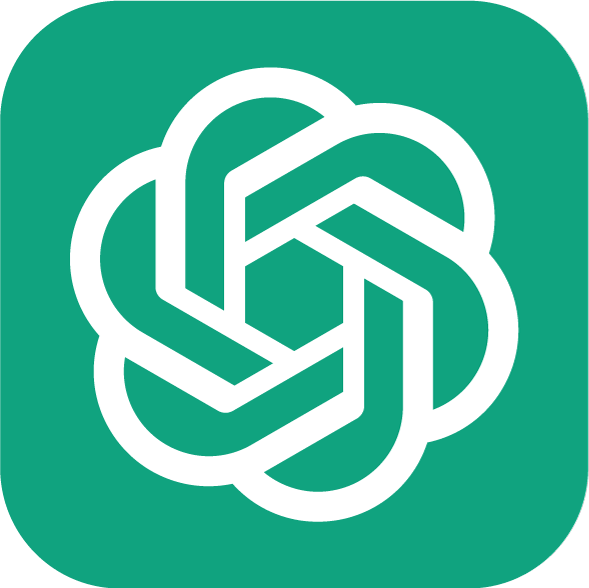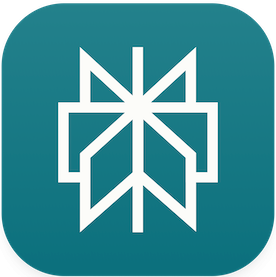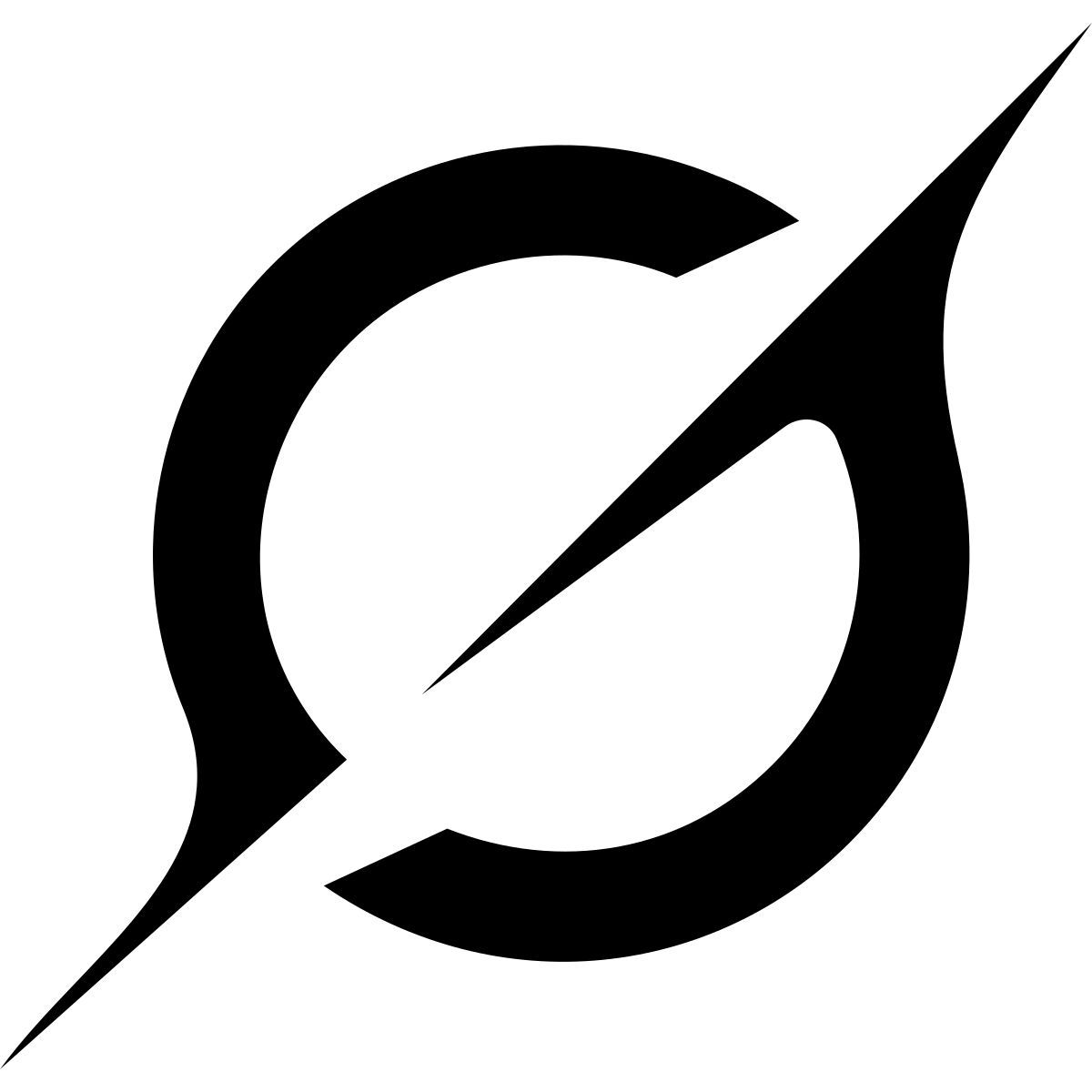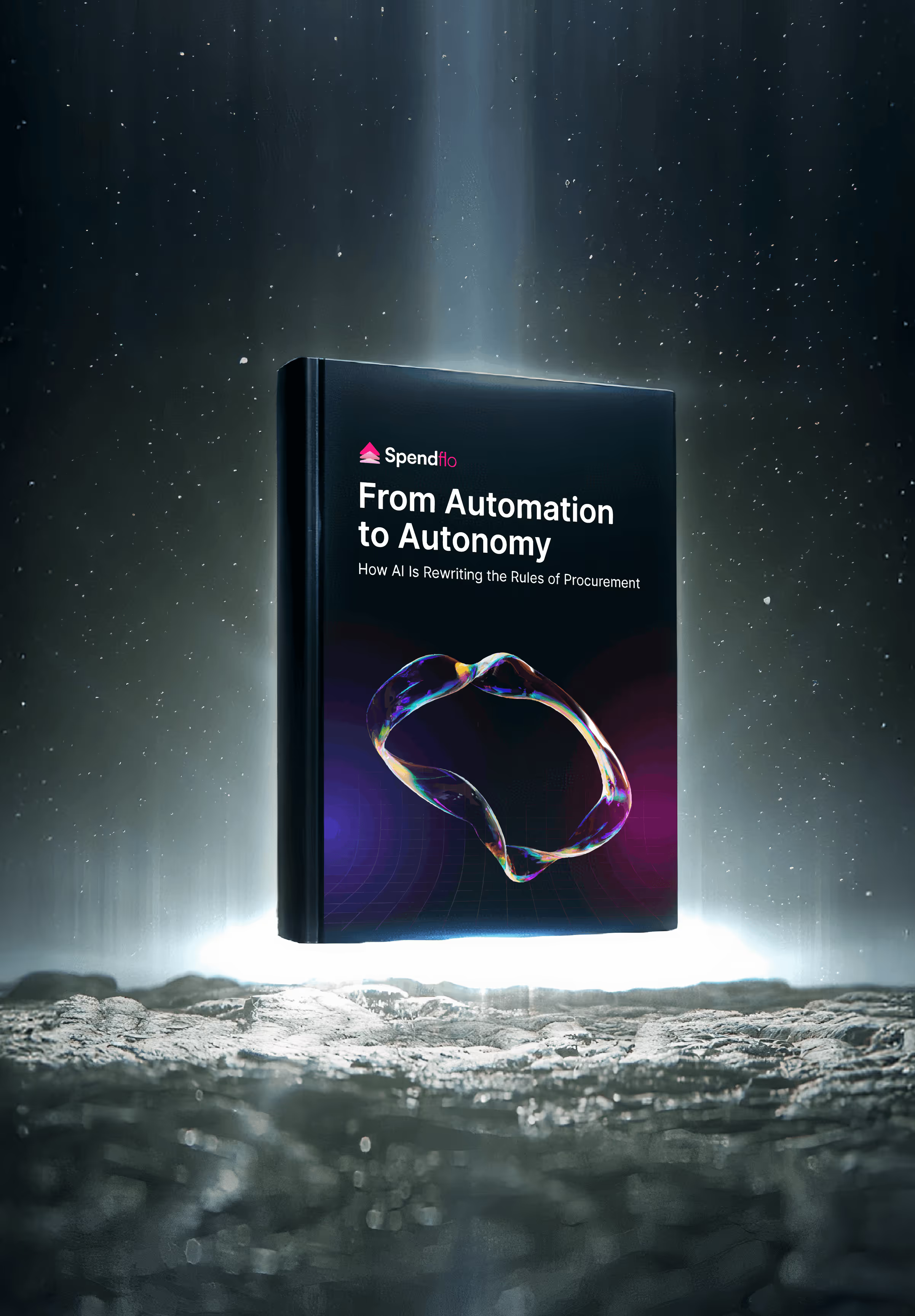

Supply Chain Planning Explained: Strategies, Tools, and Best Practices

Supply Chain Planning Explained: Strategies, Tools, and Best Practices
Learn key strategies, tools, and best practices for supply chain planning to improve efficiency, reduce risks, and align business operations.


Think of your supply chain as a living organism - every part connected, every movement dependent on the next. When one link falters, the whole body feels it. That’s where supply chain planning comes in. It’s not just about schedules and spreadsheets; it’s a forward-looking process that anticipates needs before they arise, coordinating every player from supplier to sales team, and keeping the flow of goods as seamless as a well-choreographed dance. In today’s business environment, where disruptions can ripple across continents in hours, planning isn’t optional - it’s survival.
What this blog covers:
- What is supply chain planning
- Why supply chain planning is important
- Key elements of supply chain planning
- How to design a supply chain planning system
- The supply chain planning process
- Examples of supply chain planning
- How Spendflo helps with supply chain planning
- Frequently asked questions on supply chain planning
What is Supply Chain Planning?
Supply chain planning combines the art and science of predicting demand, organizing resources, and aligning operations so products move efficiently from origin to customer. Done right, it keeps customer promises and protects profitability by avoiding wasted time and cost.
Why is Supply Chain Planning Important?
When people talk about “the supply chain,” it can sound like a cold, mechanical thing. In reality, it’s a web of relationships, timing, and trust. Supply chain planning is what keeps that web intact. Without it, efficiency suffers, costs creep up, and customer promises start slipping through the cracks.
Here’s why it matters - and not just on paper.
Improves Efficiency and Reduces Operating Costs
Every unnecessary truck run, every pallet sitting in storage too long - it’s money quietly leaking out of the business. Good planning means aligning supply with actual demand so resources are used exactly where they’re needed. Less overproduction, less dead stock, fewer “rush order” nightmares, and optimum inventory levels that support both efficiency and profitability.
Enhances Visibility Across the Supply Chain
There’s a certain peace of mind in knowing exactly where your raw materials are, which orders are at risk, and when a supplier’s delivery might land early. With real-time visibility, you don’t just react to problems - you spot them forming and steer around them.
Minimizes Risks from Disruptions
If the last few years have taught us anything, it’s that disruptions aren’t a “what if” - they’re a “when.” From the COVID-19 pandemic to sudden port closures, unexpected events can shake even the strongest operations. Planning builds in contingencies - alternative suppliers, backup routes, flexible contracts - so you’re never left scrambling.
Supports Better Demand Forecasting and Inventory Management
Planning is part art, part math. It’s reading the numbers - historical sales data, seasonal trends - and knowing when to trust your gut. Accurate forecasts mean enough stock to keep customers happy without tying up cash in excess inventory, helping businesses match demand with precision.
Aligns Production, Marketing, and Sales Strategies
Imagine a marketing campaign takes off, but production can’t keep up. Or worse - production ramps up for a big launch that marketing delays. Integrated planning gets everyone on the same page so the right products hit the market at exactly the right time.
Key Elements of Supply Chain Planning
At its core, supply chain planning is a balancing act - too much of one thing, and you’ve got waste; too little, and you’ve got empty shelves and unhappy customers. These five elements form the backbone of getting that balance right.
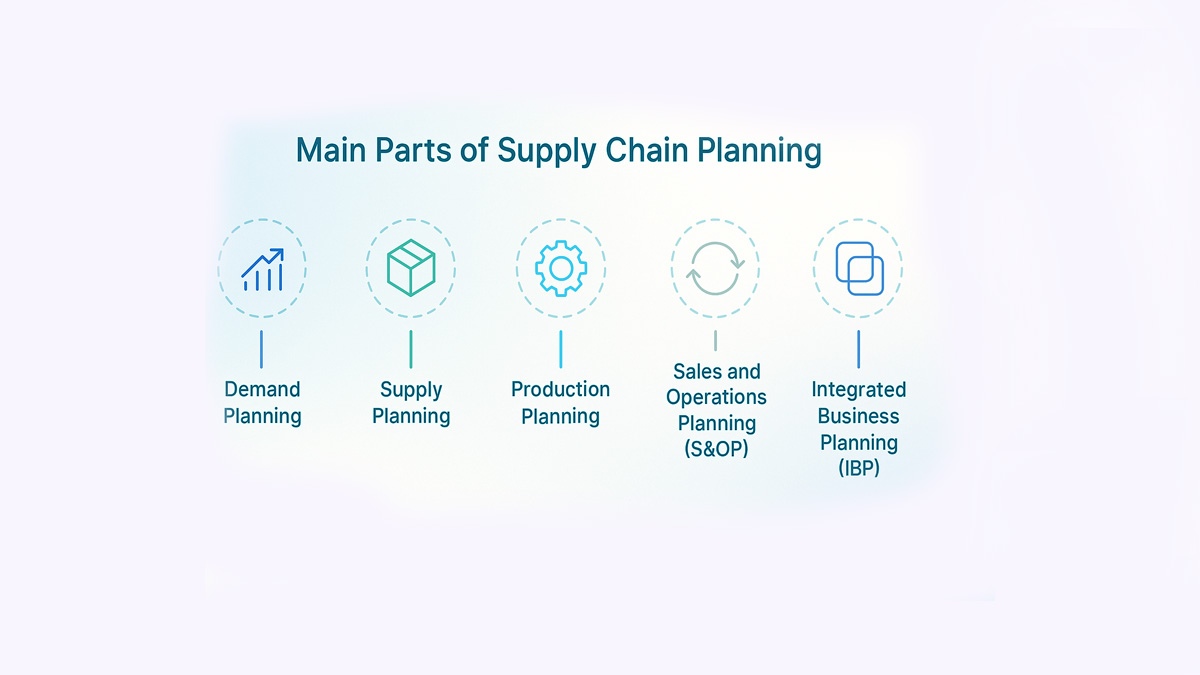
Demand Planning
This is where it all begins. Demand planning means figuring out what customers will want before they even know it themselves. It’s part detective work (digging into historical sales), part trend-spotting (watching market shifts), and part intuition honed by experience. The goal? Avoid the costly consequences of overstocking and stockouts.
Supply Planning
If demand planning is about predicting, supply planning is about delivering. It’s making sure you’ve got the raw materials, parts, or finished goods lined up to meet that forecast. This can mean tight coordination with suppliers, negotiating lead times, and sometimes making the tough call to have a Plan B supplier on standby.
Production Planning
This is the “how” of turning resources into finished products without wasting time or money. It’s about production scheduling - knowing exactly when to fire up the machines, and making sure labor and equipment are ready. Done well, it smooths out bottlenecks and keeps the production floor humming.
Sales and Operations Planning (S&OP)
Think of S&OP as the big team huddle. Sales, marketing, finance, and operations come together to make sure the company’s promises to customers line up with what the supply chain can realistically deliver. Without it, you risk misalignment - like marketing selling what production can’t make.
Integrated Business Planning (IBP)
IBP takes S&OP and pulls it into the long game. It blends operational planning with financial forecasting and risk management so leaders see the full picture. The benefit? Decisions aren’t just about what works today - they’re about what will still work a year from now.
How to Design a Supply Chain Planning System
Building a supply chain planning system isn’t about buying the fanciest software or copying someone else’s process. It’s about creating a framework that fits your business like a tailored suit - functional, comfortable, and ready for anything.
Assess Current Supply Chain Capabilities
Before you fix something, you’ve got to know where it’s broken - or at least creaking. Take a hard look at your existing workflows, supplier relationships, tech tools, and performance metrics. Where are the blind spots? Which processes are chewing up time or money? A clear-eyed assessment will guide every step that follows.
Define Clear Goals and KPIs
Vague ambitions like “improve efficiency” won’t cut it. Spell out exactly what success looks like - maybe it’s cutting lead times by 15%, boosting order accuracy, or reducing operating costs by a set percentage. Then pick KPIs that will tell you, in no uncertain terms, whether you’re getting there.
Leverage Advanced Technology and Analytics
This is where tools like analytics based on predictive models, AI, and machine learning come into play. They’re not magic wands, but they do turn raw data into actionable insights. Whether it’s spotting a supply bottleneck before it happens or running “what-if” scenarios, the right tech makes your plan smarter and faster.
Establish Collaboration Across Teams and Suppliers
A supply chain only runs smoothly when everyone’s rowing in the same direction. That means breaking down silos between departments and keeping open lines with suppliers. Regular updates, shared dashboards, and mutual trust can turn potential delays into quick course corrections.
The Supply Chain Planning Process
A supply chain plan isn’t something you create once and forget about. It’s a living document - a cycle of gathering information, making decisions, testing ideas, and adjusting as reality unfolds. Here’s how the process usually plays out.
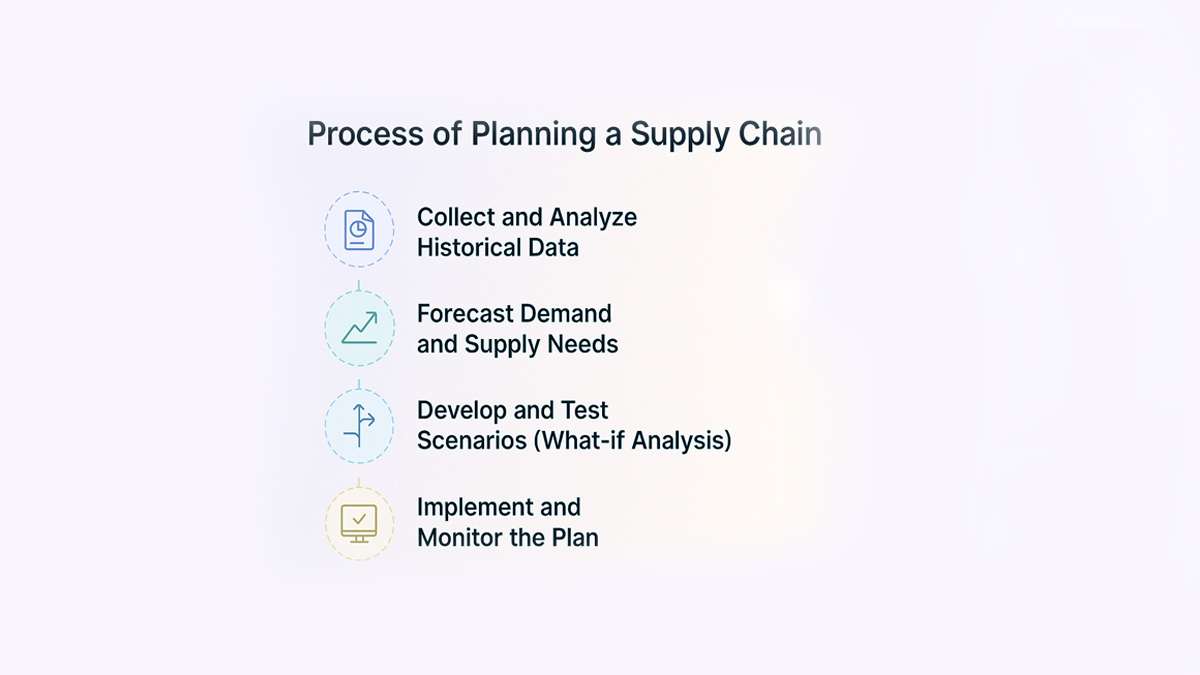
Collect and Analyze Historical Data
It starts with looking back before you look forward. Sales histories, supplier performance reports, market trends - all of it has a story to tell. Maybe a certain product always spikes in Q4, or a particular supplier’s on-time delivery record is slipping. The better you understand the past, the sharper your demand projection will be.
Forecast Demand and Supply Needs
This is where art meets science. Statistical models and predictive analytics crunch the numbers, but experience tells you when to lean into the data and when to question it. Real-time demand commitments, market shifts, even changes in consumer behavior can all tip the scales.
Develop and Test Scenarios (What-if Analysis)
A good plan doesn’t just account for the expected - it prepares for the unexpected. What if a shipment gets stuck at customs? What if a raw material’s price doubles overnight? Running scenarios helps you stress-test your plan so you’ve got a backup ready when the “what if” becomes the “right now.”
Implement and Monitor the Plan
Once the plan’s in motion, the work isn’t over - it’s just begun. Assign clear responsibilities, set checkpoints, and track your KPIs like a hawk. If a strategy isn’t working, adjust quickly. In supply chain planning, speed of correction can be as important as the original plan itself.
Examples of Supply Chain Planning
Supply chain planning isn’t one-size-fits-all. It takes on different shapes depending on the industry, the season, and even the quirks of customer demand.
Here are a few scenarios that bring it to life:
Retail Seasonal Demand Planning
Picture a clothing retailer gearing up for winter. They’re not just ordering coats in September and hoping for the best - they’re studying last year’s sales, factoring in current fashion trends, and placing orders for raw materials months ahead. Production schedules are built to hit store shelves before the holiday rush, not after it.
Manufacturing Component Coordination
An electronics manufacturer knows that one missing component can halt the entire assembly line. They work closely with Tier 1 suppliers to lock in delivery schedules, but they also keep a short list of alternate vendors. If a shipment’s delayed, they can pivot without shutting down production.
E-commerce Inventory Optimization
For an online marketplace, speed is the name of the game. Using predictive analytics, they forecast buying patterns down to specific product categories. Inventory is strategically split across multiple warehouses so orders reach customers faster - sometimes even the same day - without racking up excessive shipping costs.
Supply Chain Planning Tools
Modern supply chain planning (SCP) software offers powerful capabilities to streamline and optimize operations. Key features include:
1. Real-Time Production Chain Visibility
Displays critical information - raw material inventory, processed orders, and production plan progress - in an easy-to-read visual format. Many tools also generate shareable flowcharts for cross-department collaboration.
2. Advanced Planning and Scheduling (APS) Systems
Extend ERP capabilities with realistic, finite-capacity plans. APS tools address supply chain constraints, run predictive analysis, and build hypothetical “what-if” scenarios to prepare for disruptions.
3. Integrated ERP Applications
Seamlessly connect with existing ERP systems for up-to-date, real-time data. Enable proactive adjustments to capacity planning, demand planning production planning, and distribution planning.
4. Network Design and Scenario Modeling
Use finite capacity reasoning to design optimal supply chain networks and simulate changes before committing to costly shifts.
5. Tangible Business Benefits
Improve production operations, raise service levels, increase profitability, and cut inventory costs - all by making planning smarter and more responsive.
How Spendflo Helps with Supply Chain Planning
Great planning isn’t just about having the right numbers - it’s about having them at the right time. Spendflo gives businesses a clear window into supplier contracts, renewal dates, pricing agreements, and performance trends. That visibility makes it easier to negotiate better terms, avoid surprise costs, and keep procurement perfectly in sync with production schedules. By centralizing critical supplier data in one place, we help companies move faster, spend smarter, and keep their supply chain plans as agile as the market demands.
Frequently Asked Questions on Supply Chain Planning
What are the benefits of supply chain planning?
Done right, supply chain planning cuts waste, improves efficiency, and keeps customers happy. It means better demand forecasting, smoother coordination with suppliers, and fewer last-minute scrambles when disruptions hit.
How does technology improve supply chain planning?
Tools powered by AI, machine learning, and predictive analytics make planning sharper and faster. They turn raw data into clear forecasts, help model “what-if” scenarios, and spot risks before they turn into costly problems.
What challenges do businesses face in supply chain planning?
Forecasting errors, sudden supplier issues, siloed data, and market volatility are common hurdles. Without a solid plan, these can quickly snowball into missed deliveries, higher costs, and unhappy customers.
How often should supply chain plans be updated?
At least quarterly - but ideally anytime a significant change occurs. Shifts in demand, supplier performance, or market conditions should trigger a review so the plan stays relevant.
Can small businesses benefit from supply chain planning?
Absolutely. Even modest planning can help smaller companies make the most of limited resources, reduce waste, and stay competitive by meeting customer expectations consistently.










.png)




.png)










.avif)



